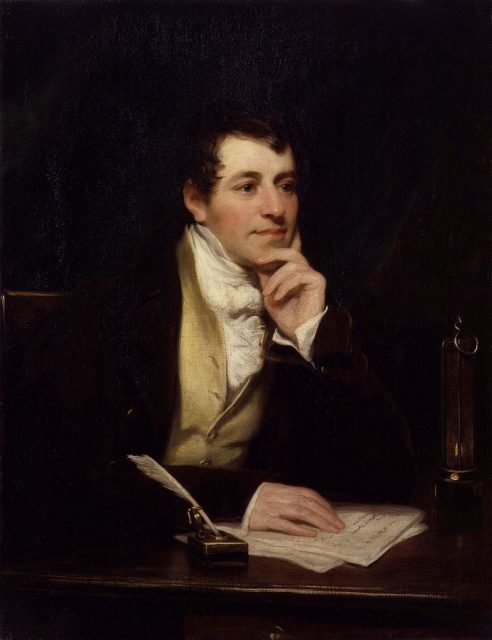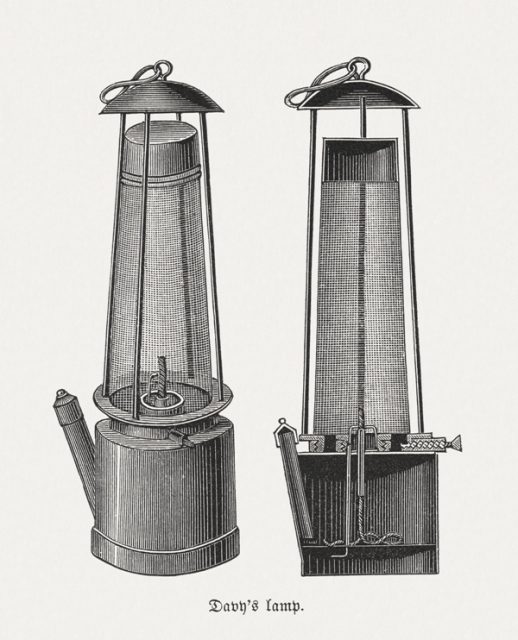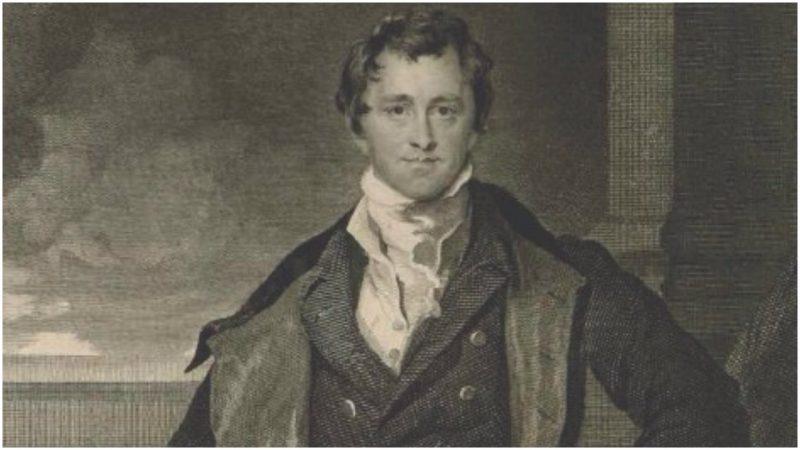History has taught us that the combination of a thirst for knowledge and personal sacrifice is the most powerful force behind some of the greatest discoveries. But it appears that certain scientists in the past took this combination to a whole new level by literally risking their own lives for the sake of science.
Before American psychologist Wayne Oates coined the term “workaholic,” which in recent decades has been used to describe someone obsessively addicted to work, there were some people who truly devoted their lives to their work.
For centuries, curious scientists have used themselves as guinea pigs, often with fatal results, just to come up with a groundbreaking discovery.approach has been approved by many scientists, with the English chemist Humphry Davy being one of the most famous among them.

Davy, who is without a doubt one of the most prolific chemists to have ever lived, is the man behind the invention of the miner’s safety lamp. But he is also famous for his experiments with nitrous oxide (N2O), also known as laughing gas.
The gas was discovered in 1772 by the English scientist Joseph Priestley, who stated at the time that it was toxic, but that didn’t stop Davy, who had already experimented with other gases, to devise and use an apparatus for inhaling nitrous oxide.
All he needed to start the experiment was someone who would measure his pulse rate and intervene in case something went wrong. And what could go wrong when inhaling a gas which had been considered toxic for years? Exactly.
It was his assistant, Dr. Kinglake, who took on the responsibility of releasing the first four quarts inhaled by Davy. The effects were staggering. It didn’t take long before Davy started hallucinating due to the intoxicating effects of the gas, which, as described by him, caused intense pleasure and euphoria.
He conducted more experiments on himself using different amounts of nitrous oxide with the purpose of describing the delightful experience in details:
“Generally when I breathed from six to seven quarts, muscular motions were produced to a certain extent; sometimes I manifested my pleasure by stamping or laughing only, at other times by dancing round the room and vociferating.”
“Between May and July, I habitually breathed the gas, occasionally three or four times a day for a week together, the effects appeared undiminished by habit, and were hardly ever exactly similar. Sometimes I had the feeling of intense intoxication, attended with but little pleasure, at other times, sublime emotions connected with vivid ideas.”
Davy’s progress from curiosity to recreation was rapid and it seemed that he became somewhat addicted to the gas. The Public Domain Review explains that he soon started inhaling huge amounts of nitrous oxide outside of the laboratory. He took the experiments to another level when he decided again to put his own life at risk by trying to overdose himself. Luckily, it all ended well for him.

The next step was to encourage his patients and friends to take part in his nitrous oxide experiments. He required that everyone records his or her experiences, some of which, including that of poet Samuel Taylor Coleridge, were posted by The Public Domain Review:
“Then I first inspired the nitrous oxide, I felt a highly pleasurable sensation of warmth over my whole frame, resembling that which I remember once to have experienced after returning from a walk in the snow into a warm room. The only motion which I felt inclined to make, was that of laughing at those who were looking at me.”
After examining the results, Davy came to a conclusion that the gas makes people laugh and that is why he called it laughing gas. His observations also led to something truly revolutionary. Namely, he discovered that apart from making people laugh, nitrous oxide has the power to ameliorate pain, which he witnessed himself when he used the gas to successfully relieve a toothache.
Although Davy noted the anesthetic effects of the gas, claiming that “it may probably be used with advantage during surgical operations in which no great effusion of blood takes place,” it took nearly 50 years before dentists started using nitrous oxide as an anesthetic.
Davy’s experiments also led to the popularization of the gas for recreational use, which in the following years became quite fashionable among wealthy people. The new craze for laughing gas reached all the way to the United States, where side-show artists toured the country giving demonstrations of the delightful effects of the laughing gas.
The risk undertaken by chemist Humphry Davy paid off as he soon managed to establish a reputation as a scientific star among chemists, which eventually led to him being elected President of the Royal Society. However, it became apparent that the sacrifices Davy had made for the sake of science took a toll on his health and he didn’t get to enjoy his fame for long, dying of a heart attack at the age of 50.
